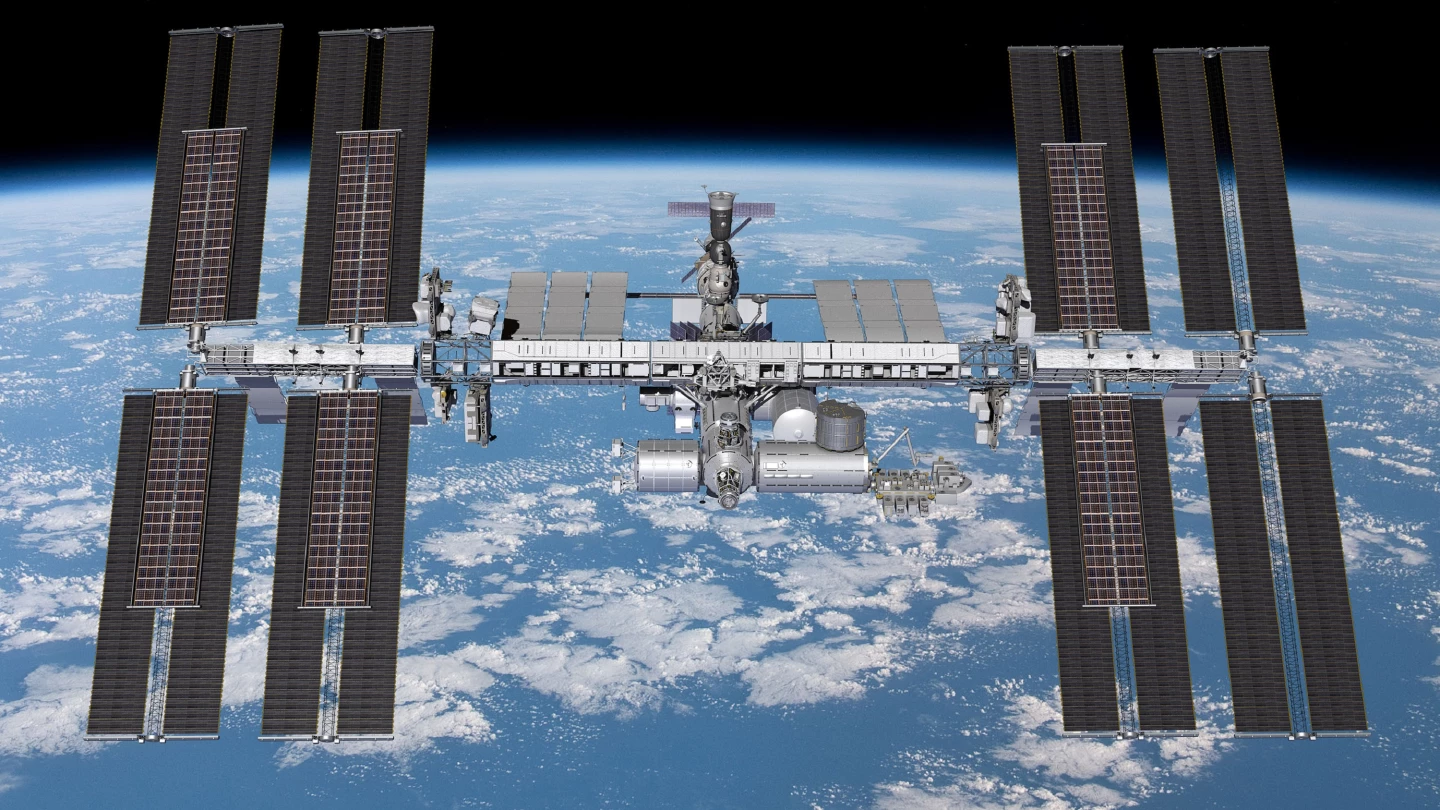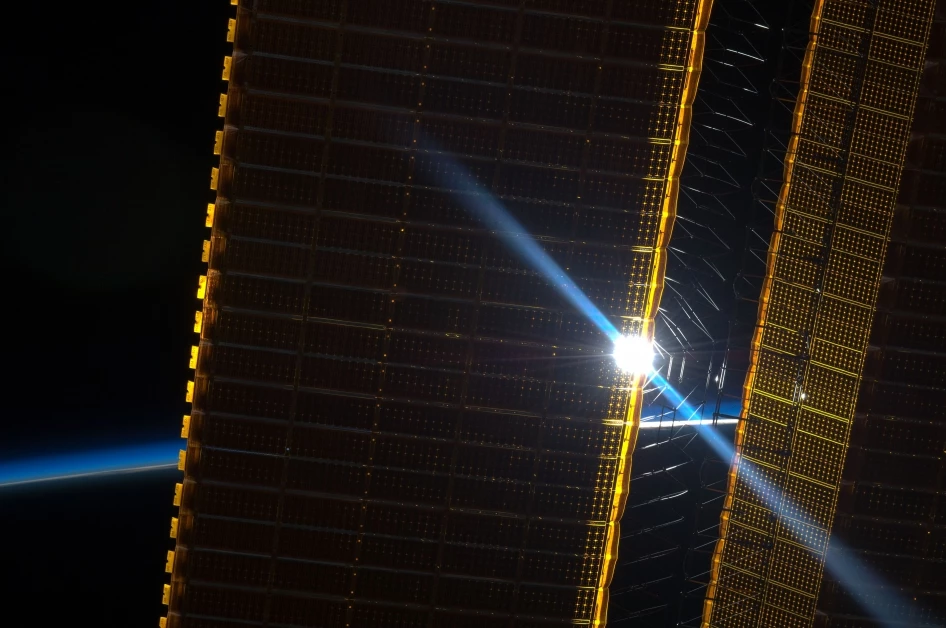NASA astronauts have completed a grueling seven-hour spacewalk in order to prepare the International Space Station (ISS) for the arrival of a new set of solar panels that will help support the ageing array that’s been serving the station since December 2000.
The ISS has been in service now for over two decades. During this period of continual use, the outpost’s power has been supplied by a set of eight 112-ft (34-m)-long silicon solar arrays. However, after so many years in space, the hard-wearing solar panels have started to degrade, prompting NASA and its partners to bolster them with six new arrays. The new additions to the ISS are essentially larger versions of the Roll Out Solar Array (ROSA) technology demonstrator that was tested on the orbital outpost in June 2017.
The arrays will be positioned in front of six of the existing solar panels, and, once operational, will boost the space station’s power generation capabilities from 160 kilowatts to 215 kilowatts.
However, before the arrays can be fitted to the station specialized bracket structures have to be installed on the outer hull of the ISS. The assembly of these brackets was the key task given to astronauts Kate Rubins and Victor Glover to work on during a spacewalk on February 28.

The 7 hour 4 minute operation saw the installation of a bracket structure and support beams on the base of one of the existing port-side solar arrays, referred to as 2B. However, one of the securing bolts on the new hull modification refused to fully engage, prompting Rubens to break out a power drill to back it off before attempting to secure it once more using a ratchet wrench.
Ordinarily this would be a cakewalk, but it's worth taking a moment to remember that Rubens had to complete this task in an unwieldy 280-lb (127-kg) spacesuit while hanging on to a structure whipping around Earth at a speed of 5 miles per second (8 km/s).
Rubins and Glover then moved on to begin installing a second identical bracket on the 4B solar array pair. Work on 4B will be completed on a March 5 spacewalk, which will be conducted by Rubins and JAXA astronaut Soichi Noguchi.
According to NASA the first two roll-out panels will be transported to the ISS as part of SpaceX’s 22nd resupply services mission later this year, though it will take a further two launches before all six of the arrays are delivered.
Source: NASA





